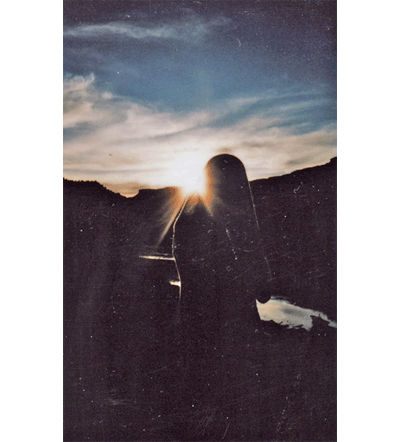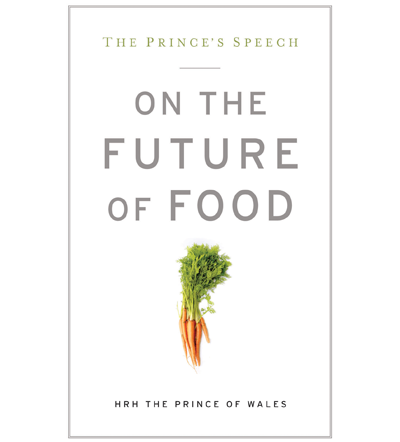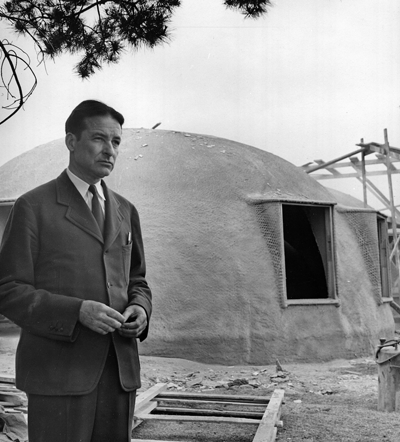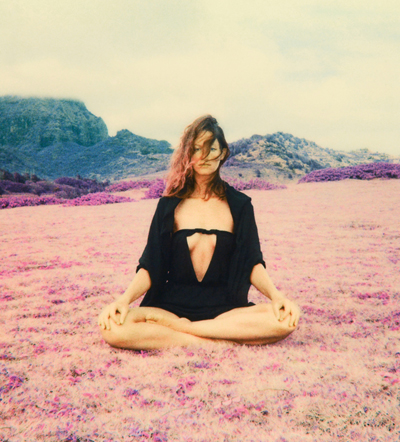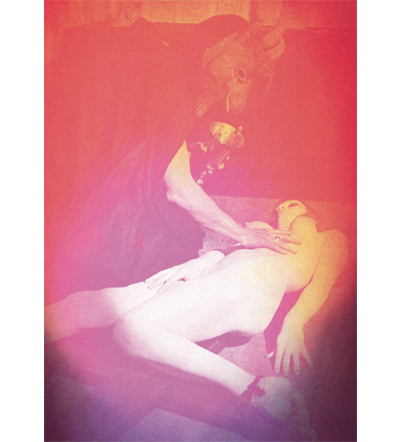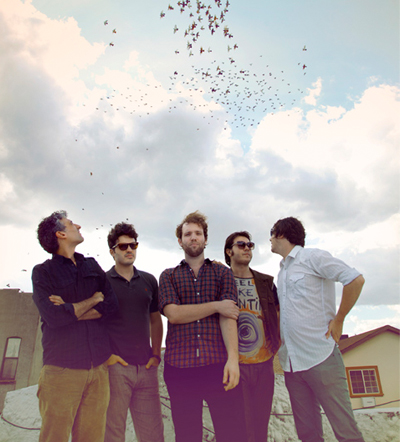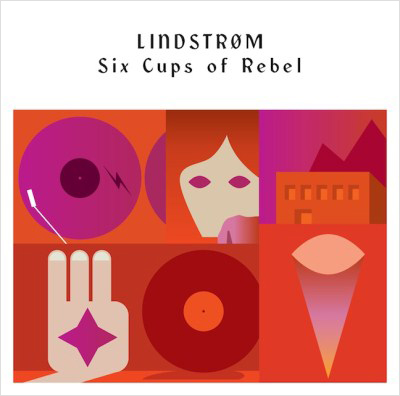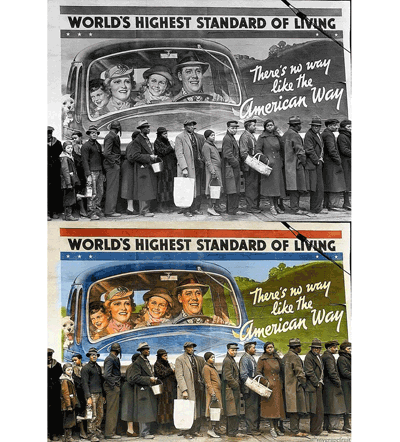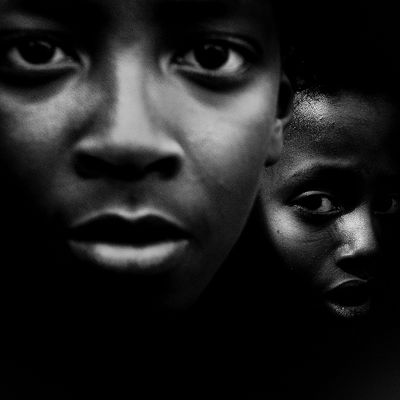
All photographs by Lee Jeffries
Lee Jeffries’ portraits of the homeless are neither documentary photography nor the kind of detached, quick-fire street photography practiced by artists like Weegee. Each photo begins as a conversation, in which Jeffries approaches a person living on the street and simply attempts to get to know him a little better. It’s an everyday gesture, but one that most people would never make—and one that informs the resulting portrait tremendously. Jeffries’ photos, with their lyrical surfaces and intimate framing, make for one of the medium’s most empathetic and affecting tributes to a group of people who remain either de-humanized or flat out invisible in the public discourse.
Jeffries began the project in 2008, back when he still counted himself an amateur photographer, and since then has only expanded its reach. In addition to his native England, he’s shot the homeless populations of Rome, Paris, New York, Las Vegas, and, several times, Los Angeles. His first book of the portraits, Just Talkin’, is a non-profit publication that donates all its proceeds to charity. We spoke to Jeffries as he finishes his latest collection, a series on the homeless people of Miami.
Slideshow




 Facebook
Facebook Permalink
Permalink Digg
Digg Reddit
Reddit LinkedIn
LinkedIn StumbleUpon
StumbleUpon Tumblr
Tumblr
